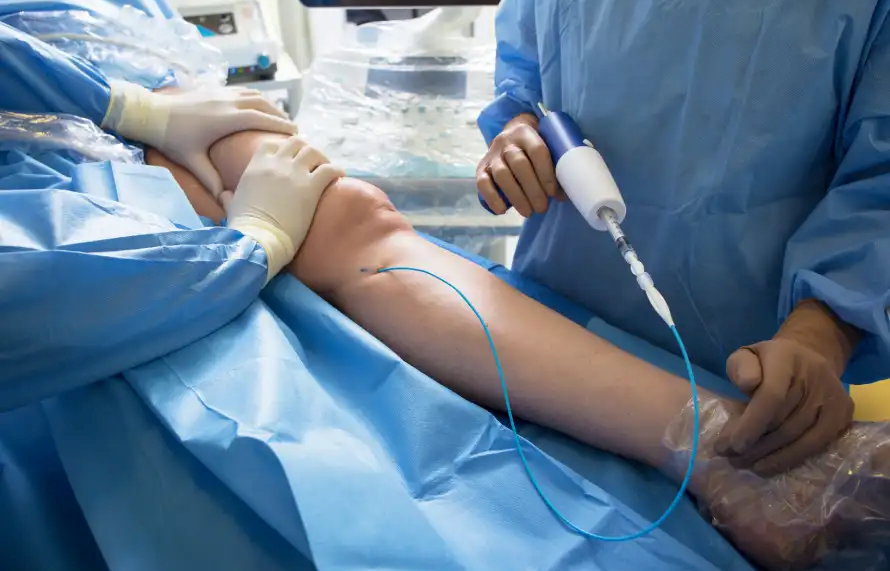Common Conditions Treated by Vascular Surgeons

Toenail fungus Bakersfield is just one of many conditions that vascular surgeons treat. Vascular surgeons are specialized doctors who diagnose and treat disorders of the vascular system, which includes the arteries, veins, and lymphatic system. Here are some of the most common conditions that they treat:
Peripheral Artery Disease (PAD)
Peripheral artery disease (PAD) is a condition where the arteries in the legs become narrow or blocked, which can result in leg pain, cramping, and weakness. PAD can also cause wounds or ulcers on the legs that are slow to heal. Vascular surgeons can diagnose PAD using non-invasive tests like ultrasounds, and they can treat it using techniques like angioplasty, where a small balloon is inflated in the artery to widen the blockage, or stenting, where a small metal tube is placed in the artery to hold it open.
Varicose Veins
Varicose veins are swollen, twisted veins that can be seen just under the surface of the skin. They most commonly occur in the legs and can cause pain, swelling, and discomfort. Vascular surgeons can treat varicose veins using minimally invasive techniques like endovenous laser therapy (EVLT), where a tiny laser is inserted into the vein to close it, or sclerotherapy, where a special foam is injected into the vein to close it off.
Aneurysms
An aneurysm is a bulge in an artery caused by a weakened vessel wall. If left untreated, an aneurysm can burst, which can be life-threatening. Vascular surgeons can diagnose aneurysms using imaging tests like CT scans or MRIs, and they can treat them using techniques like endovascular aneurysm repair (EVAR), where a small catheter is inserted into the artery to place a stent graft that reinforces the weakened area.
Carotid Artery Disease
The carotid arteries are the major blood vessels that supply blood to the brain. Carotid artery disease occurs when these arteries become narrow or blocked, which can lead to strokes. Vascular surgeons can diagnose carotid artery disease using non-invasive tests like ultrasounds, and they can treat it using techniques like carotid endarterectomy, where the blocked portion of the artery is removed, or carotid artery stenting, where a small metal tube is placed in the artery to hold it open.
Deep Vein Thrombosis (DVT)
Deep vein thrombosis (DVT) is a condition where blood clots form in the deep veins of the legs. DVT can be life-threatening if the clots break loose and travel to the lungs, causing a pulmonary embolism. Vascular surgeons can diagnose DVT using imaging tests like ultrasounds or CT scans, and they can treat it using anticoagulant medications like heparin or warfarin, which thin the blood and prevent clots from forming.
Conclusion
Vascular surgeons are specialized doctors who play a critical role in diagnosing and treating disorders of the vascular system. From varicose veins to aneurysms, they use a variety of minimally invasive techniques to help their patients regain their quality of life. If you suspect that you may have a vascular condition, it’s important to see a vascular surgeon as soon as possible to get an accurate diagnosis and treatment plan.

